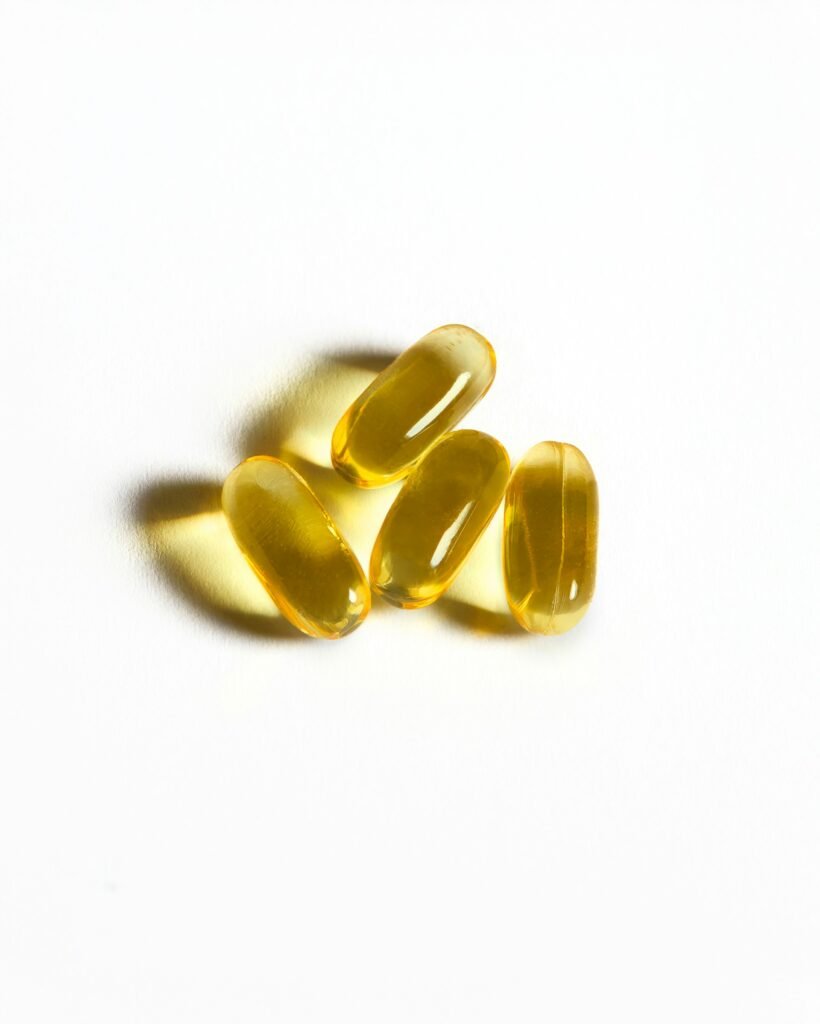Vitamin E oil is a concentrated form of vitamin E, a group of fat-soluble compounds with powerful antioxidant effects. These compounds, known as tocopherols and tocotrienols, work to neutralize harmful free radicals in the body. While vitamin E is naturally found in various foods, the oil form offers a more direct and potent way to apply its benefits, particularly to the skin.
Vitamin E oil has carved a significant niche in the health and beauty world, lauded for its potent antioxidant properties and versatile applications. But what exactly is this oil, where did it originate, and how can we harness its benefits effectively? Let’s delve into the fascinating world of vitamin E oil.
The texture of vitamin E oil can vary depending on its concentration and the carrier oils it’s mixed with. It’s often viscous and slightly sticky, with a light yellow to amber hue. You’ll typically find it available in capsules for oral consumption or in bottles for topical application.
Where Did it Come From? A Historical Glimpse
The story of vitamin E began in the early 1920s when Herbert McLean Evans and Katharine Scott Bishop, researchers at the University of California, Berkeley, discovered an essential dietary factor crucial for rat reproduction. Initially dubbed the “anti-sterility factor,” this mysterious nutrient was later isolated and identified as tocopherol in 1936 by Evans and his team. The name “tocopherol” itself has Greek roots, derived from “tokos” (offspring) and “phero” (to bear), highlighting its initial association with fertility.
Over subsequent decades, scientists continued to unravel the multifaceted roles of vitamin E beyond reproduction. Its potent antioxidant properties were recognized, paving the way for its use in various applications, including skincare and dietary supplementation. The development of techniques to extract and concentrate vitamin E from natural sources led to the widespread availability of vitamin E oil as we know it today.
Unveiling the Benefits: A Treasure Trove for Health and Beauty
Vitamin E oil boasts a remarkable array of potential benefits, primarily stemming from its powerful antioxidant action:
- Potent Antioxidant: This is perhaps its most celebrated benefit. By neutralizing free radicals – unstable molecules that can damage cells and contribute to aging and chronic diseases – vitamin E oil helps protect the skin and body from oxidative stress.
- Skin Health Champion: Topically, vitamin E oil is often used to:
- Moisturize Dry Skin: Its emollient properties help to hydrate and soften the skin, improving its barrier function.
- Reduce the Appearance of Scars and Stretch Marks: While research is ongoing, some studies suggest that vitamin E oil can aid in the healing process and minimize the visibility of scars and stretch marks.
- Soothe Irritation: Its anti-inflammatory properties may help calm irritated or inflamed skin.
- Protect Against Sun Damage: While not a substitute for sunscreen, its antioxidant action can offer some protection against UV-induced free radical damage.
- Supports Wound Healing: By promoting cell regeneration and collagen production, vitamin E oil may contribute to faster wound healing.
- May Reduce Inflammation: Both topical and oral forms of vitamin E may help reduce inflammation in the body.
Navigating Dosage: Finding the Right Amount

Determining the appropriate dose of vitamin E oil depends heavily on its intended use (oral supplementation vs. topical application) and individual needs.
Oral Supplementation: The recommended daily allowance (RDA) for vitamin E varies based on age and life stage. For adults, it’s typically around 15 milligrams (22.4 IU) of alpha-tocopherol. However, some individuals may benefit from higher doses under the guidance of a healthcare professional. It is crucial to consult with a doctor before taking vitamin E supplements, as high doses can potentially interact with certain medications and may have adverse effects.
Topical Application: For skin concerns, a small amount of vitamin E oil can be applied directly to the affected area. Many commercially available skincare products already contain vitamin E as an ingredient. When using pure vitamin E oil, it’s advisable to start with a small patch test to check for any allergic reactions before applying it more liberally.
Important Considerations:
- Source and Quality: Opt for high-quality vitamin E oil from reputable sources. Look for products that specify the type of tocopherols present, as alpha-tocopherol is the most biologically active form.
- Carrier Oils: Pure vitamin E oil can be quite thick. It’s often mixed with carrier oils like jojoba, almond, or coconut oil to improve its texture and absorption.
- Individual Needs: The optimal use and dosage of vitamin E oil can vary significantly from person to person. Consulting with a dermatologist or healthcare provider is always recommended, especially if you have underlying health conditions or are taking other medications.
In Conclusion:
Vitamin E oil stands as a testament to the power of natural compounds in promoting health and beauty. From its humble beginnings as an “anti-sterility factor” to its current status as a widely recognized antioxidant powerhouse, its journey has been one of scientific discovery and practical application. By understanding its origins, appreciating its diverse benefits, and using it responsibly with appropriate dosage considerations, we can effectively unlock the potential of this remarkable oil for our well-being.
Latest Posts:
- Does Sunscreen Prevent Tanning? Your Skin’s Best Friend Under the Sun
- What is Vitamin E Oil and The Powerful Effect for Your Body
- Unleash Your Inner Strength: The Powerful Benefits of the Deadlift
- The Best Tips and Exercises to Increase Your Vertical Jump
- What is The Biggest Muscle in The Body: Body’s Biggest Powerhouse!





